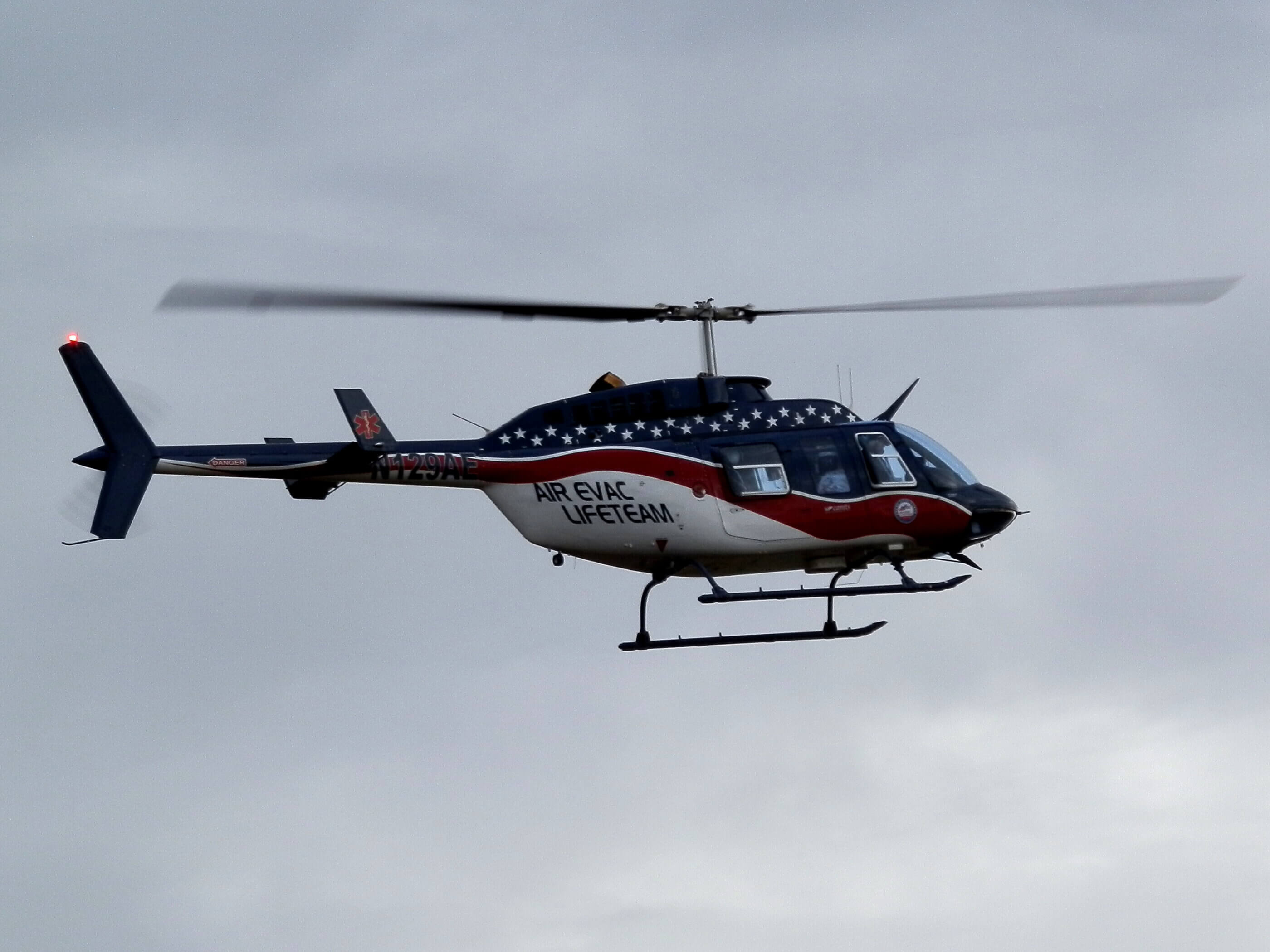Air Evac Helicopter Strikes Geese, Crashes in Oklahoma
An Air Evac helicopter on a medical mission met with an unexpected catastrophe in Oklahoma, leading to a crash landing following a collision with a flock of geese. This unforeseen incident has prompted a swift emergency response to ensure the safety of the crew and assess the situation. Below is a detailed account of the event and subsequent actions taken.
Air Evac Helicopter Collides with Geese in Oklahoma

An Air Evac Lifeteam helicopter was en route to transport a critically ill patient when it unexpectedly encountered a flock of geese in the open skies of Oklahoma. The incident occurred in the late afternoon, disrupting what was initially a routine medical mission. The pilot reported to air traffic control moments before the collision, noting the sudden appearance of the birds and the immediate challenges they presented in maintaining stable flight.
The direct impact with the geese caused significant damage to the helicopter’s rotors and windshield, impairing the pilot’s ability to navigate safely. Witnesses on the ground recalled seeing the helicopter descending rapidly after the collision, with smoke emanating from the aircraft. The pilot displayed remarkable skill and composure under these trying circumstances, attempting to steer the aircraft to an open field to avoid populated areas.
Despite the efforts to mitigate the crash, the helicopter ultimately made a hard landing in a rural part of Oklahoma. The collision underscores the potential hazards that wildlife can pose to aviation, even for experienced pilots operating advanced aircraft. The incident has drawn attention to the need for increased awareness and preventive measures to protect both aircrews and wildlife.
Emergency Response Initiated After Crash Landing
Immediately following the crash, local emergency services were alerted and dispatched to the scene. Responders included firefighters, emergency medical teams, and law enforcement officers, who worked swiftly to secure the area and provide assistance to the helicopter’s crew. Upon arrival, emergency personnel found the helicopter heavily damaged but intact, with the crew members evacuating the aircraft with minor injuries.
The swift response by local authorities was instrumental in ensuring the safety and wellbeing of the helicopter’s occupants. The crew members received immediate medical attention and were subsequently transported to the nearest hospital for further evaluation. Their injuries were deemed non-life-threatening, allowing them to communicate with investigators about the incident.
In the wake of the crash, investigators from the National Transportation Safety Board (NTSB) arrived on the scene to conduct a thorough examination of the accident. Their objective is to determine the precise sequence of events leading to the crash and to evaluate any contributing factors, such as mechanical failures or procedural shortcomings. The investigation’s findings will be crucial in enhancing future safety protocols for air medical services operating in regions prone to wildlife encounters.
The Air Evac helicopter crash in Oklahoma is a stark reminder of the unpredictable challenges faced by air medical services. While the incident fortunately resulted in only minor injuries, it highlights the ongoing need for vigilance and improved safety measures in aviation. As investigations continue, the focus remains on learning from this event to prevent similar occurrences in the future, thereby ensuring the safety of both flight crews and the communities they serve.



